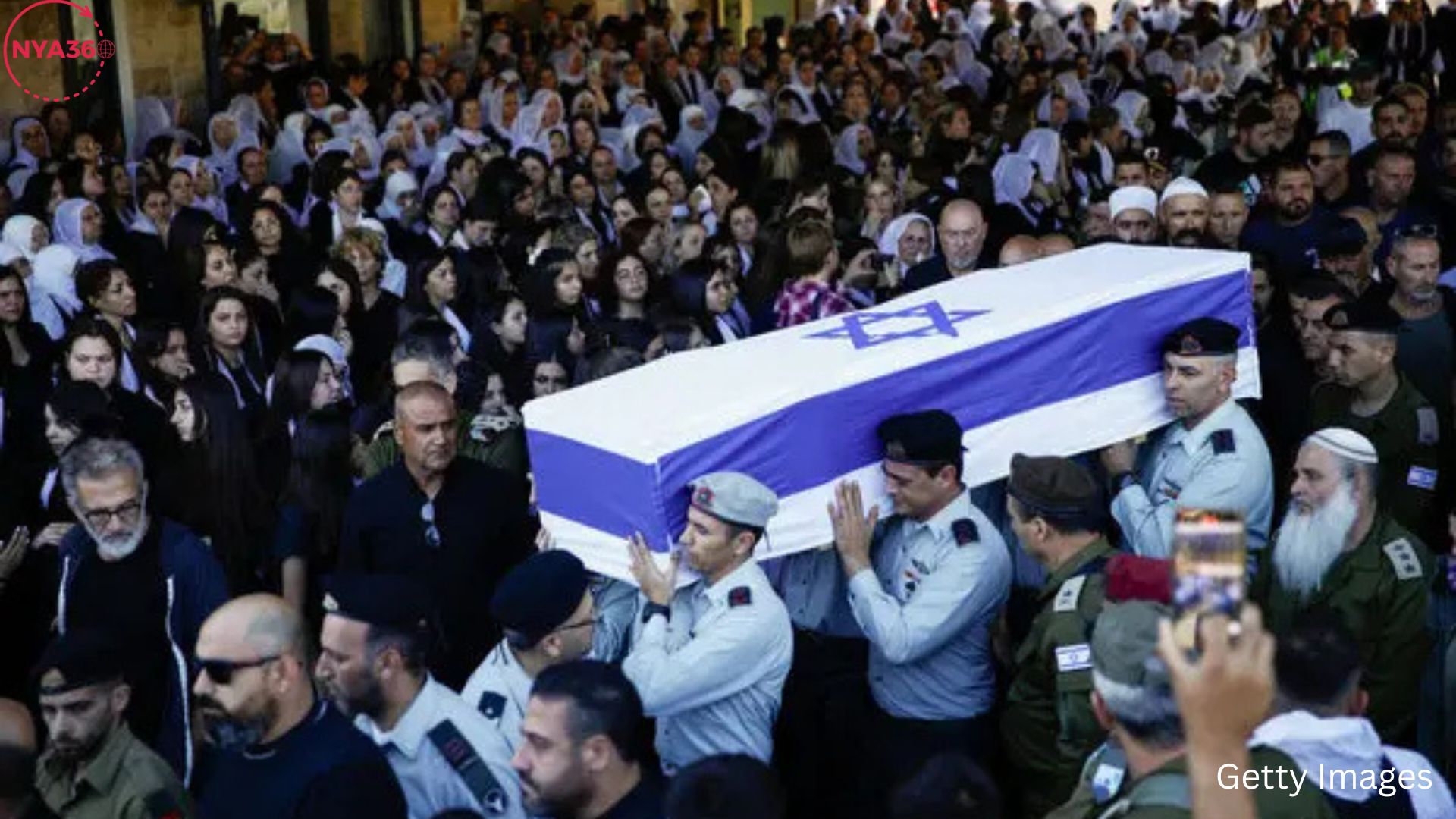The persistent confrontation between Israel and Hamas has once more captured international notice, with the New York Times lately emphasizing the difficulties Israel encounters in attempting to overcome Hamas, attributed to their highly proficient guerilla strategies in Gaza. Hamas, a Palestinian militant movement, functions not only as a political entity but also as a military force capable of causing substantial harm to Israel while evading conclusive defeat. The characteristics of this battle, predominantly characterized by Hamas’ capacity to implement hit-and-run strategies, decentralize command structures, and depend on local combatants, render the prospect of a swift resolution unlikely. Both parties appear entrenched in a protracted struggle that may require years to resolve if the resolution is achievable at all.
The Characteristics of Guerrilla Warfare
Hamas has adopted a variant of guerrilla warfare that has demonstrated resilience and lethality. Guerrilla warfare, as a military tactic, entails tiny, agile units leveraging their profound understanding of the local terrain to execute surprise assaults, ambushes, and hit-and-run maneuvers against a more formidable conventional military force. This form of warfare is well adapted to Gaza’s dense urban landscape, enabling Hamas to utilize the local infrastructure for concealment, offensive operations, and evasion of Israeli detection.
Historically, guerrilla warfare has enabled inferior forces to extend hostilities by evading confrontation and selectively determining the timing and location of engagements. Hamas has adeptly utilized this technique for years, attacking Israel from unforeseen angles and thereafter vanishing into Gaza’s intricate network of streets, tunnels, and heavily populated civilian regions. The challenge of differentiating between militants and civilians exacerbates Israel’s military reaction since Hamas operatives frequently integrate with the civilian populace post-attack.

Hit-and-Run Strategies: Evading Conclusive Engagements
A fundamental characteristic of Hamas’ guerilla warfare strategy is hitting-and-run tactics. These enable Hamas combatants to cause harm to Israeli forces or infrastructure and subsequently withdraw swiftly, evading prolonged confrontations that would result in significant casualties or definitive Israeli triumphs. Instead of trying to maintain territory, which would make them vulnerable to counterattacks, Hamas fighters concentrate on rapid assaults that undermine Israeli morale and deplete their resources.
These techniques may manifest in various forms, including ambushes, mortar and rocket assaults, and improvised explosive device (IED) attacks. Hamas has a protracted history of initiating rocket barrages into southern Israel, necessitating the Israeli military to implement expensive missile defense systems such as the Iron Dome. Notwithstanding Israel’s technological preeminence, the extensive barrage of rockets launched by Hamas, along with their erratic timing, perpetually maintains the Israeli defense forces in a state of vigilance.
Hit-and-run actions offer an additional benefit: they limit the chance of collateral damage among Hamas’ personnel. By maintaining brief and dispersed assaults, Hamas reduces the likelihood of being overpowered by Israeli counter-offensives. This complicates Israel’s ability to attain a definitive military victory, as substantial concentrations of Hamas fighters are seldom present to target during operations.
Decentralized Command Structures: Local Autonomy in Combat
A significant feature in Hamas’ military strategy is the decentralization of its command structure. In previous years, Hamas functioned similarly to a traditional military organization, with directives disseminated from high commanders to subordinate units. This structure facilitated Israeli intelligence in identifying key leaders and disrupting the group’s operations. Hamas has progressively granted its local units greater autonomy in decision-making on the ground.

This decentralization has two primary benefits for Hamas. Initially, it enhances the organization’s resilience against Israeli assaults on its leadership. Local fighters can persist in their operations without direct oversight, even if a senior Hamas commander is killed or apprehended. Secondly, it enables Hamas to adjust more rapidly to evolving military circumstances. Local commanders can capitalize on new possibilities or evade threats in real-time without awaiting directives from superiors. This adaptability has demonstrated its importance in the dynamic and tumultuous context of urban combat in Gaza.
Furthermore, the dispersed structure of Hamas’ military operations complicates Israel’s implementation of conventional military strategies aimed at targeting command-and-control centers to incapacitate an adversary’s combat capabilities. Without a centralized command structure to undermine, Israeli troops face a highly dispersed adversary that functions in smaller, more agile groups.
The Dilemma of Human Shields
A contentious element of the Israel-Hamas conflict is Hamas fighters’ recurrent utilization of civilian zones as operational bases. The high population density of Gaza enables Hamas to conceal its combatants, armaments, and command facilities within residential zones, hospitals, and educational institutions, thereby utilizing civilians as human shields. This challenges Israel’s attempts to destroy Hamas while minimizing substantial civilian losses, which would elicit widespread condemnation from the international community.
This technique offers Hamas a dual advantage. It offers a measure of protection against Israeli airstrikes and ground assaults, while civilian losses from these attacks can be leveraged to elicit sympathy and support for the Palestinian cause. The depictions of ravaged residences, wounded citizens, and humanitarian disasters serve as formidable instruments in the global information conflict, shaping international public sentiment and maybe compelling Israel to reduce its military actions. This strategy also entails considerable dangers for Hamas. The utilization of civilian zones for military objectives contravenes international humanitarian law; although Hamas may achieve immediate tactical benefits, the enduring political and diplomatic repercussions could be substantial. As the conflict persists, all parties endure significant scrutiny of their actions, and any further escalation may lead to increased international engagement.

The Disparity of the Conflict: Israel’s Military Dominance vs Hamas’ Tenacity
The fight between Israel and Hamas is fundamentally asymmetric. Israel maintains one of the most technologically sophisticated militaries globally, featuring a highly trained standing army, state-of-the-art missile defense systems, and air superiority that Hamas cannot aspire to rival. Asymmetric warfare does not necessitate that the weaker party attain a conventional military victory. Hamas’ objective is primarily to endure and persist in resistance while maximizing the conflict’s expense for Israel.
This method is highly effective. Each time Israel initiates a military operation against Hamas, it incurs substantial financial, political, and human costs. The Israeli populace’s tolerance for extended military operations is finite, and each conflict exacerbates Israel’s relations with international allies. In contrast, Hamas functions from a standpoint that allows it to maintain its fight without necessitating significant victories. Their survival and sustained capacity to combat frequently suffice to assert success.
A War Without Victory?
The New York Times indicated that Hamas possesses the combatants and munitions to entangle Israel in a protracted, arduous struggle. Although Israel can cause considerable harm to Hamas, a definitive military victory remains elusive. The urban landscape of Gaza, the decentralized command structure of Hamas, and the employment of guerrilla tactics significantly complicate Israel’s efforts to eliminate Hamas without engaging in a prolonged military occupation, which it has demonstrated less inclination to pursue.

Concurrently, Hamas exhibits no indications of retreating. The group is philosophically dedicated to its mission and has demonstrated resilience against several Israeli military offensives. Provided that Hamas sustains the backing of its militants and the Palestinian populace, it will remain a powerful adversary.
An Incessant Conflict?
The issue between Israel and Hamas seems to be one that cannot be resolved solely through military intervention. The guerrilla tactics employed by Hamas, along with its dispersed command structure and strategic utilization of Gaza’s urban environment, render it exceedingly challenging for Israel to secure a definitive victory. Conversely, both parties may become ensnared in a protracted cycle of violence that could persist for years.
Despite countless diplomatic efforts and peace negotiations throughout the decades, the entrenched grievances and political intricacies of the Israel-Palestine dispute indicate that a resolution is unlikely shortly. Currently, the conflict between Israel and Hamas seems to be a protracted, unwinnable struggle—at least from a conventional military perspective.
Follow us on social media: Instagram, Threads & Twitter X @nya360_ YouTube & Facebook @nya360.





